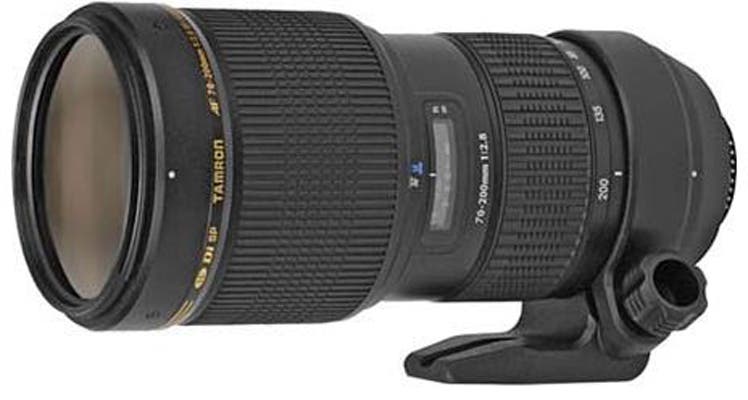Just is there’s no best camera for photojournalists, there is also no best lens. But there is a range of lens types that will give you a better chance at getting the shot.
The key here is versatility and speed—as in large apertures. Photojournalists should use lenses with an aperture of f/2.8 or faster, but this can be pricey. Durability, and at best, weather sealing, are important as well because you may find yourself shooting in rain, snow or even in sandstorms. Most of the fast lenses are also well protected against the elements, but read the specs to be sure.
In an ideal world, you need two basic lenses: a 28-70mm f/2.8 and a 70-200mm f/2.8 (assuming you’re shooting with a full-frame DSLR). This duo gives you a wide range of focal lengths that will cover many situations. But whether you’re using Canon, Nikon or an indie brand, these lenses will be expensive, and heavy. Is it possible to cut down on your costs when starting out?
Also read: My Canon EF 70-200mm f/2.8L Turns 10
One way to pare down your expenses is to start with prime lenses. A 28mm f/2.8, 35mm f/1.8 and 50mm f/1.8 or f/1.4 prime in your bag will likely weigh about as much as a single 28-70mm f/2.8 lens, but will set you back considerably less—especially if you buy used. In fact, used lenses are another budget-friendly way to add to your gear.
Why prime lenses rather than enthusiast-level zooms? First, if you get a prime, you’ll get nice, wide maximum apertures, making the lenses more useful in low light. Second, a lower-priced zoom not only has smaller maximum apertures, but the overall image quality might not be as stellar as what you can get with pro glass. This will be especially apparent at the maximum focal length.
The one thing you shouldn’t compromise on is quality. The classic advice to buy the best lens you can afford—even if that means getting a lesser camera—is especially true for photojournalists. Sharp, well-exposed images with excellent color and contrast are what editors demand. In newspapers, quality will get lost in the transition from an original file to the newsprint version, so you want to be able to deliver the best quality original that you can.
Borrow or rent a pro lens and shoot with it for a few days, and you’ll quickly see the difference in quality.
Also read: The best DSLRs for Photojournalists
While there are many, many more possibilities (The Leica rangefinder camera/lens system for instance, is a lightweight, unobtrusive, but pricey alternative to consider), here are 18 lenses made with photojournalists in mind:
Canon

- Canon 28mm f/2.8
- Canon 35mm f/2 AF
- Canon EF 50mm f/1.8 II AF
- Canon 16-35mm f/2.8L II USM
- Canon 24-70mm f/2.8L USM
- Canon EF 24-105mm f/4L IS USM
- Canon 70-200mm f/2.8L IS USM
Nikon

- Nikon 28mm f/2.8D AF
- Nikon 35mm f/2D AF
- Nikon 50mm f/1.8D AF
- Nikon 85mm f/1.8D AF
- Nikon 17-35mm f/2.8D ED-IF AF-S
- Nikon 24-70mm f/2.8G ED-IF AF-S
- Nikon 70-200mm f/2.8G AF-S VR II Zoom-Nikkor ED-IF
Independent Lens Companies

- Sigma 50mm f/1.4 EX DG HSM Canon Nikon
- Sigma 24-70mm f/2.8 EX Aspherical IF EX DG HSM Canon Nikon
- Sigma 70-200mm f/2.8 EG DG OS HSM Canon Nikon
- Tokina 18-50mm f/2.8 Pro DX AF Zoom Canon Nikon
- Tamron 28-75mm f/2.8 XR DI LD-IF Canon Nikon
- Tamron 70-200mm f/2.8 DI LD (IF) Macro Canon Nikon
What lenses do you find indispensable? Scroll down and leave a comment!
This article was updated on October 23, 2011.





